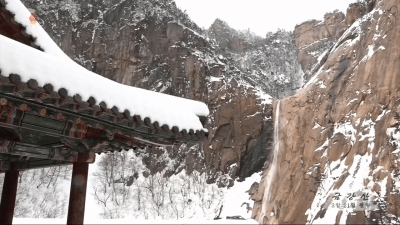Paris, July 13 — North Korea’s Mount Kumgang, also known as the Diamond Mountain, has officially been inscribed as a UNESCO World Heritage site. The designation was confirmed during the 47th session of the UNESCO World Heritage Committee held in Paris on Sunday.
Listed under the title “Mt. Kumgang – Diamond Mountain from the Sea,” the site is celebrated for its striking natural beauty, seasonal transformations, and rich cultural heritage. The decision follows recommendations from the International Council on Monuments and Sites and the International Union for Conservation of Nature, both of which advised UNESCO in May to grant the site World Heritage status.
UNESCO describes Mount Kumgang as a “strikingly beautiful mountain” adorned with dramatic peaks, unusual rock formations, over 12,000 waterfalls, and crystal-clear pools nestled in deep gorges. The seascape along its coastline adds to the mountain’s unique charm. The area is steeped in cultural significance, with numerous legends and relics passed down through generations.
North Korea first submitted its application for Mount Kumgang’s inscription in 2021, but the process was delayed due to the COVID-19 pandemic. The evaluation resumed earlier this year.
This recognition marks Mount Kumgang as North Korea’s third cultural site to receive World Heritage status. It joins the Complex of Koguryo Tombs (2004) and the Historic Monuments and Sites in Kaesong (2013). Additionally, the traditional Korean folk song “Arirang” was listed as an Intangible Cultural Heritage of Humanity in 2014.
On July 12, South Korea also celebrated a new UNESCO listing. The “Petroglyphs along the Bangucheon Stream,” a collection of prehistoric rock carvings, were recognized for their cultural importance during the same UNESCO session in Paris.


















